Nebraska Farmers Dismayed by Governor’s Endorsement of New Oil Pipeline Route
Despite a new route, farmers still worry about groundwater contamination and property rights.
By Brett Walton
Circle of Blue
On Tuesday, Governor Dave Heineman (R-Nebraska) approved a new route for a controversial oil pipeline through his state that would stretch from Canada’s tar sands to U.S. refineries on the Gulf of Mexico.

The new route for the Keystone XL pipeline cuts eastward around the Sand Hills, a wind-blown region of fragile soils that is at the center of the pipeline’s siting debate. But the route still crosses portions of the Ogallala Aquifer, and farmers remain worried about the ability to regrow vegetation along the corridor after construction and about groundwater contamination that might occur if there were an oil spill, in addition to the prospect of a Canadian corporation being granted the power of eminent domain in the United States.
The governor’s endorsement sets the stage for the first major energy-policy decision that newly re-inaugurated President Barack Obama will make in his second term: whether or not to approve the northern segment of the Keystone XL pipeline. He approved the southern end — now called the Gulf Coast Project — last summer. National environmental groups see the pipeline as a test case for how serious the president is about tackling climate change.
State Department spokeswoman Victoria Nuland said the governor’s approval keeps the federal review on track, though perhaps slightly delayed.
“If the state had been opposed to this, or unwilling to see it proceed, that would have had an effect on our process,” Nuland said at a press briefing on Tuesday. “But given that the state has now given it a green light, we’re operating within that more positive parameter.”
State Issues
In Nebraska, however, the national and international implications matter less to this conservative, agricultural state than the more immediate concerns about property rights and water resources.
–Senator Mike Johanns (R-Nebraska)
The new route was chosen by TransCanada, the Calgary-based project developer, based on a definition of the Sand Hills provided by the Nebraska Department of Environmental Quality (NDEQ), the state agency charged with evaluating the environmental, economic, and social effects of the pipeline’s construction and operation.
As part of the route revision, TransCanada made several promises, among them:
- To develop an emergency response plan for any oil spill that might happen;
- To provide, on request, baseline water-quality testing before construction for any landowner with a domestic or livestock well within 91 meters (300 feet) of the route’s center line;
- To incorporate 57 design recommendations from the U.S. Pipeline and Hazardous Materials Safety Administration;
- To be responsible, if an oil spill occurs, for all clean-up costs required by the state and federal governments;
- To hold a $US 200 million insurance policy against the cost of cleaning up a spill.
With these commitments in place, the construction and operation of the pipeline “could have minimal environmental impacts in Nebraska,” according to the final report from the NDEQ, out this month.
In a letter to President Obama and Secretary of State Hillary Clinton, Governor Heineman requested that the state report be included in the federal government’s supplemental environmental review of the pipeline, which the State Department’s Nuland said would be delayed at least until the end of March.
U.S. Senator Mike Johanns (R-Nebraska) was pleased with the governor’s decision.
“This important project will create jobs and increase our energy supply,” he said in a statement. “With Governor Heineman’s approval now conveyed to President Obama, it is time to give it the final green light. I hope President Obama will swiftly approve the project so we can take a significant step forward in meeting our energy needs.”
In May 2011, Johanns told Circle of Blue in an email that the original route through the Sand Hills region was unacceptable. Johanns and Deb Fischer (R-Nebraska) were among a group of 53 U.S. senators — 44 Republicans and nine Democrats — who sent a letter to President Obama on Wednesday urging him to approve the pipeline.
Farmers Worry About Water
Some farmers and farm groups, however, are speaking out, frustrated by the state’s decision-making process and concerned about what effect the pipeline might have on groundwater, agriculture’s lifeblood here.
John Hansen, president of the Nebraska Farmers Union — a lobby group representing 6,200 farm families — said that the state’s second look at the pipeline was compromised once it hired a consulting firm with ties to TransCanada to assist with the review.
“We wanted a good process that protects property owners,” Hansen told Circle of Blue. “We’re disappointed in how the state has handled it.”
The new route may skirt the area that the state defined as the Sand Hills, but it still crosses land with sandy, porous soils where, in some cases, the water table would be just a few feet from the pipeline.
–Robert Bernt, owner
Clear Creek Organic Farm
Brian McManus, an NDEQ representative, acknowledged to Circle of Blue that public comments in response to the review criticized the department for not extending the boundaries of the Sand Hills farther. He said that TransCanada did alter its proposed route near the town of Clarks after the NDEQ raised concerns about the pipeline’s proximity to the town’s water supply.
The effects of a spill would be limited, McManus argued, because the groundwater flows slowly, roughly 91 meters (300 feet) per year.
The NDEQ report did little to persuade Robert Bernt, who owns Clear Creek Organic Farm, near Spalding. The pipeline’s original route would have run close enough to his property to endanger his farm’s organic certification. At first he supported a new corridor for the pipeline, but having seen the state government’s unwillingness to listen to landowners, Bernt told Circle of Blue that he has changed his mind.
“I don’t think there’s any sense having this pipeline anywhere near Nebraska,” he said.
Keystone XL would have an initial capacity of 830,000 barrels per day. The line would funnel diluted bitumen, a form of hydrocarbon that is more corrosive than conventional crude oil. A 2011 Natural Resources Defense Council study found that the pipeline system in Alberta — where the tar sands are mined — had 16 times more spills due to internal corrosion from 2002 to 2010 than the U.S. onshore pipeline system.
The Nebraska Farmers Union is not opposed to the pipeline itself, Hansen said. It wants the route moved even farther to the east, where clay soils would guard against groundwater contamination and where TransCanada already operates a pipeline that carries oil from the tar sands.
However for William Powers, the executive director of the Nebraska Sustainable Agriculture Society, the pipeline’s ills are global, as well as local.
“The issues farmers face already with a changing climate and water scarcity are only likely to get worse,” he wrote in an email. “The Keystone XL pipeline will only exacerbate the situation.”
The farmers and farm groups in Nebraska that Circle of Blue spoke with were not sure what they would do next. Hansen said he hopes the president denies the permit. At least one national environmental group, the Sierra Club, is planning an act of civil disobedience against the pipeline for next month in Washington, D.C. It would be the first time the 120-year-old group has used the protest tactic.
Brett writes about agriculture, energy, infrastructure, and the politics and economics of water in the United States. He also writes the Federal Water Tap, Circle of Blue’s weekly digest of U.S. government water news. He is the winner of two Society of Environmental Journalists reporting awards, one of the top honors in American environmental journalism: first place for explanatory reporting for a series on septic system pollution in the United States(2016) and third place for beat reporting in a small market (2014). He received the Sierra Club’s Distinguished Service Award in 2018. Brett lives in Seattle, where he hikes the mountains and bakes pies. Contact Brett Walton

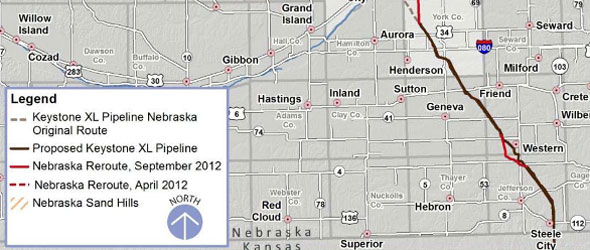

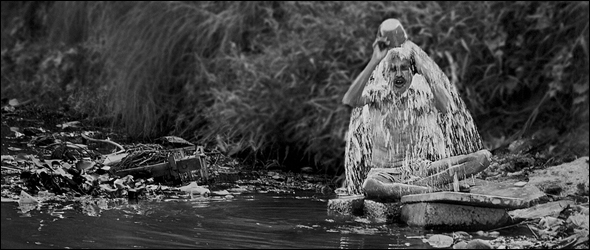
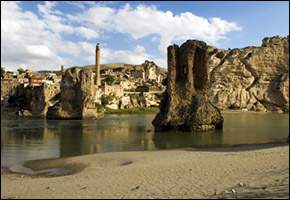

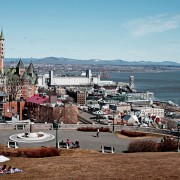
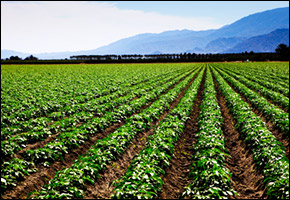


Leave a Reply
Want to join the discussion?Feel free to contribute!